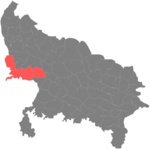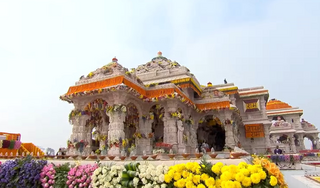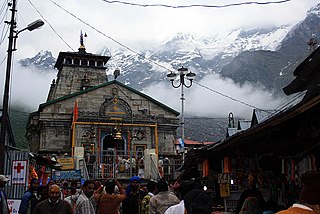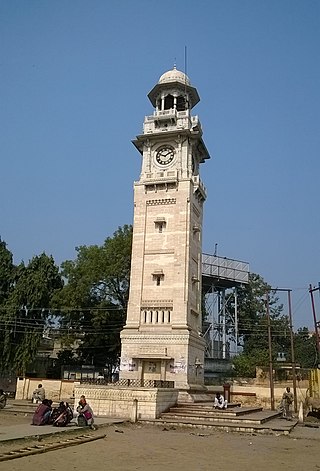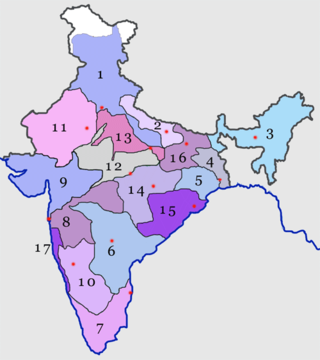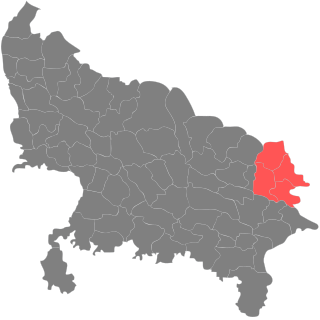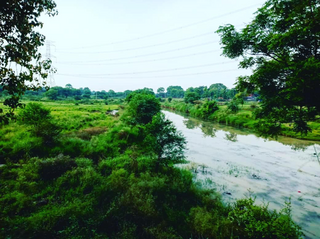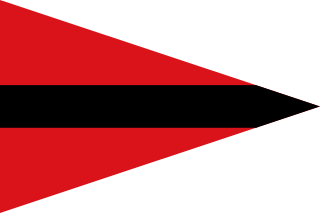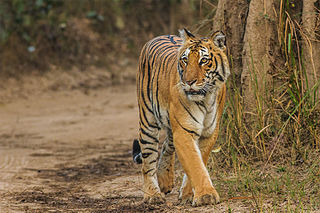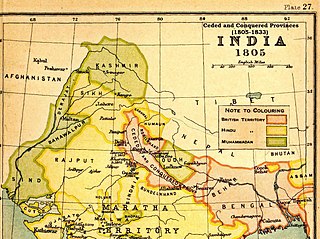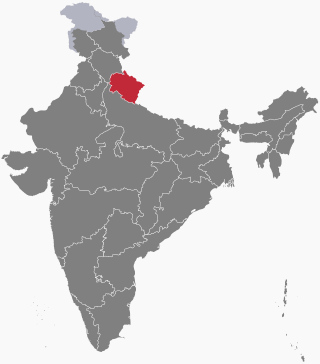| Department | State Level Officer | Divisional Level Officer | District Level Officer |
|---|
| General Administration and Revenue | Chief Secretary and Chairman of Board of Revenue | Divisional Commissioner, Additional Divisional Commissioners | District Magistrate, Additional District Magistrates |
|---|
| Police | Director General of Police | Inspector General/Deputy Inspector General of Police (Range) | Senior Superintendent/Superintendent of Police (Districts) |
|---|
| Forestry | Principal Chief Conservator of Forest | Chief Conservator/Conservator of Forest (Territorial) | Divisional Forest Officer |
|---|
| Rural Development | Rural Development Commissioner | Joint Development Commissioner | Chief Development Officer |
|---|
| Panchayati Raj | Director Panchayati Raj | Deputy Director, Panchayati Raj | District Panchayati Raj Officer |
|---|
| Town and Country Planning | Chief Planner (Town and Country) | Associate Planner (Town and Country) | Assistant Planner (Town and Country) |
|---|
| Public Works Department | Principal Engineer (Development) cum Engineer in Chief | Chief Engineer, PWD Zone | Superintendent/Executive Engineer, PWD Circle/Division |
|---|
| Power | Chairman, UPPCL | Chief Engineer, Power | Superintendent/Executive Engineer, Power |
|---|
| Irrigation | Engineer in Chief | Chief/Superintendent Engineer, Irrigation | Executive Engineer, Irrigation |
|---|
| Health and Family Welfare | Director General, Health and Family Welfare | Additional Director, Health and Family Welfare | Chief Medical Officer |
|---|
| Social Welfare | Director, Social Welfare | Joint Director, Social Welfare | District Social Welfare Officer |
|---|
| Women and Child Welfare | Director, Women and Child Welfare | Deputy Director, Women and Child Welfare | District Probation Officer |
|---|
| Backward Class Welfare | Director, Backward Class Welfare | Deputy Director, Backward Class Welfare | District Backward Class Welfare Officer |
|---|
| Handicapped Welfare | Director, Handicapped Welfare | Deputy Director, Handicapped Welfare | District Handicapped Welfare Officer |
|---|
| Minority Welfare | Director, Minority Welfare | Deputy Director, Minority Welfare | District Minority Welfare Officer |
|---|
| Food and Civil Supplies | Food and Civil Supplies Commissioner | Regional Food Controller | District Supply Officer |
|---|
| Food and Drugs Administration | Food and Drugs Administration Commissioner | Assistant Commissioner, Food/Drugs | Food Safety Officer/Drugs Inspector |
|---|
| Transport | Transport Commissioner | Regional Transport Officer (Administration/Enforcement) | Assistant Regional Transport Officer (Administration/Enforcement) |
|---|
| Treasury | Director, Treasury | Additional/Joint Director, Treasury | Chief/Senior Treasury Officer |
|---|
| Economics and Statistics | Director, Economics and Statistics | Deputy Director, Economics and Statistics | District Economical and Statistical Officer |
|---|
| Labour | Labour Commissioner | Deputy Labour Commissioner | District Labour Officer |
|---|
| Employment | Director, Employment | Regional Employment Officer | District Employment Officer |
|---|
| Vocational Education | Director, Vocational Education | Joint Director, Vocational Education | Deputy Director, Vocational Education |
|---|
| Higher Education | Director, Higher Education | Regional Higher Education Officer | Assistant Regional Higher Education Officer |
|---|
| Secondary Education | Director General, School Education | Joint Director, Secondary Education | District Inspector of Schools |
|---|
| Basic Education | Director General, School Education | Assistant Director, Basic Education | Basic Shiksha Adhikari |
|---|
| Information | Director, Information | Deputy Director, Information | District Information Officer |
|---|
| Agriculture | Director, Agriculture | Joint Director, Agriculture | District Agriculture Officer |
|---|
| Cane and Sugar Industry | Cane and Sugar Commissioner | Joint/Deputy Commissioner, Cane | District Cane Officer |
|---|
| Dairy Development | Dairy Commissioner | Dairy Development Officer | Deputy Dairy Development Officer |
|---|
| Animal Husbandry | Director, Animal Husbandry | Deputy Director, Animal Husbandry | Chief Veterinary Officer |
|---|
| Horticulture | Director, Horticulture | Joint Director, Horticulture | District Horticulture Officer |
|---|
| Sericulture | Director, Sericulture | Deputy Director, Sericulture | Assistant Director, Sericulture |
|---|
| Fisheries | Director, Fisheries | Deputy Director, Fisheries | Assistant Director, Fisheries |
|---|
| Handloom and Textile | Commissioner, Handloom and Textile | Deputy Commissioner, Handloom and Textile | Assistant Commissioner, Handloom and Textile |
|---|
| Industries | Commissioner, Industries | Joint Commissioner, Industries | Deputy Commissioner, District Industrial Centre |
|---|
| Mines and Geology | Director, Mines | Regional Mines Officer | District Mines Officer |
|---|
| Excise | Excise Commissioner | Joint Excise Commissioner | District Excise Officer |
|---|
| Commercial Tax | Commissioner, Commercial Tax | Additional Commissioner, Commercial Tax | Joint Commissioner, Commercial Tax |
|---|
| Stamps and Registration | Inspector General, Stamps and Registration | Deputy Inspector General, Stamps and Registration | Assistant Inspector General, Stamps and Registration |
|---|
| Prisons | Director General/Inspector General, Prisons | Deputy Inspector General, Prisons | Senior Superintendent/Superintendent of Prison |
|---|
| Prosecution | Director, Prosecution | Additional Director, Prosecution | Joint Director, Prosection |
|---|
| Home-guards | Director General, Home-guards | Divisional Commandant, Home-guards | District Commandant, Home-guards |
|---|
| Fire Service | Director General, Fire Service | Deputy Director Fire Service | Chief Fire Officer |
|---|
| Cooperative | Commissioner and Registrar, Cooperative | Deputy Commissioner and Registrar, Cooperative | Assistant Commissioner and Registrar |
|---|
| Tourism | Director General, Tourism | Regional Tourism Officer | District Tourism Officer |
|---|
| Sports | Director General, Sports | Regional Sports Officer | District Sports Officer |
|---|

